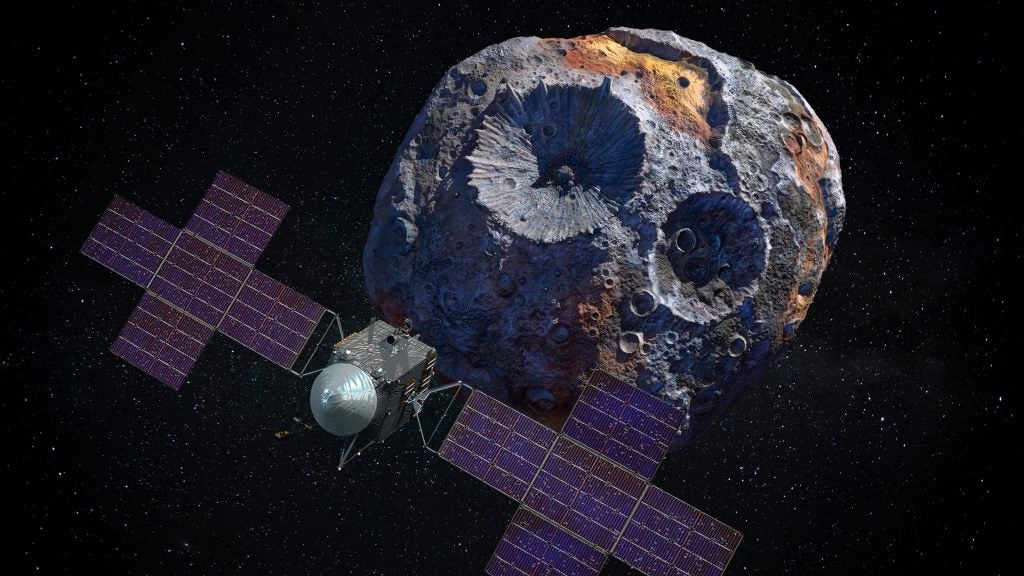Asteroid mining is hard. Companies wanting to exploit their rich mineral resources face not only the difficulties of getting to the asteroids – a feat only achieved for the first time in 2001 – but also of designing craft capable of mining while withstanding the extreme conditions of space and eventually getting the materials back to earth.
Despite these challenges and a lack of clarity over what exactly will be required, would-be space mining company AstroForge is optimistic. Indeed, co-founder and CTO Jose Acain tells Mining Technology that he believes that it could run profitable missions by the end of this decade.
The startup, founded in 2022, has yet to successfully commercialise its technology, but Acain points to cost reductions as cause for hope: “About 10 to 15 years ago, for a mission [like ours] just to get out to space would cost $400m," he explains. “For us [now], it costs less than $10m, which is orders of magnitude different from what it used to be.”
One of the major hurdles faced in commercialising asteroid mining is working out what they’re made of. This is currently impossible without samples, which AstroForge is trying to obtain. As an interim measure, the company is performing analysis on meteorites that have fallen to Earth. Partnering with the Colorado School of Mines, it has determined that metallic-type asteroids contain “up to 16,000 times more platinum group metal concentrations than found here on Earth.”
Metallic asteroids are significantly rarer than silica or carbon-heavy varieties, but each one could contain trillions of dollars worth of metal, and there are enough close to Earth for it to be an attractive proposition.
“The asteroid belt is what a majority of the people imagine when they talk about asteroid money [but] the asteroid belt takes seven years to get there one way,” says Acain. “For business that’s […] not feasible at all.
“We're targeting things in the order of a two-year round trip. So, really, six to nine months to get out to the asteroid, a few months to do some refining and then nine months to a year to get back ... If everything is perfect in all of our missions that we have planned, we aim to bring back samples or payload returned material that we can sell by the end of the decade.”
Acain acknowledges that this technology is still early-stage, suggesting that the company is currently operating on a “dirt road”, lacking the infrastructure that will increase mining efficiency in future. Ultimately, though, he wants Astrforge to provide “the all-in-one solution where you go out, mine the asteroid and come back.”









